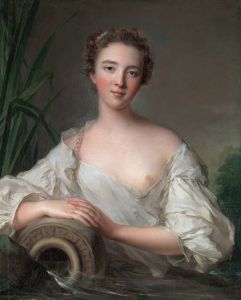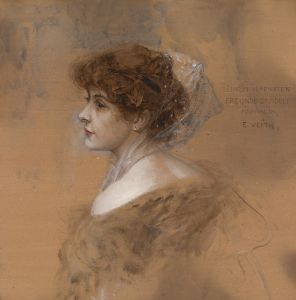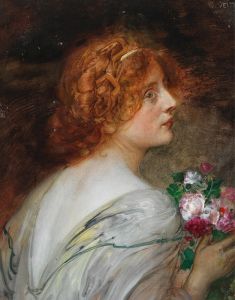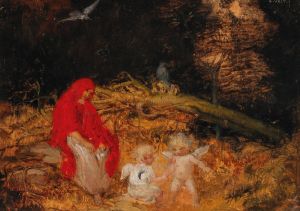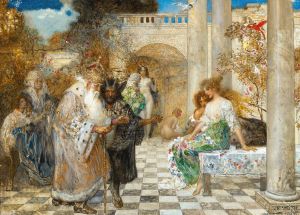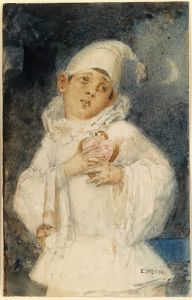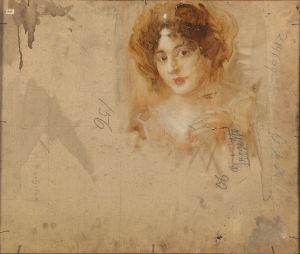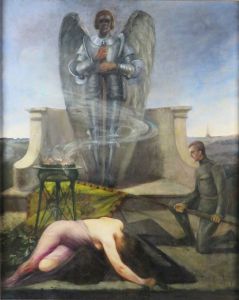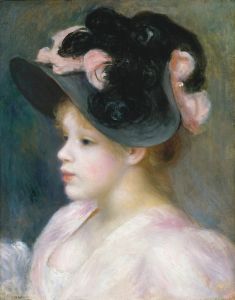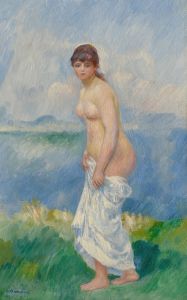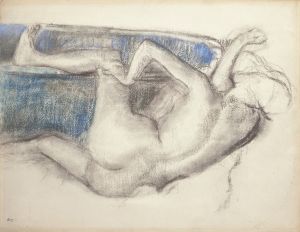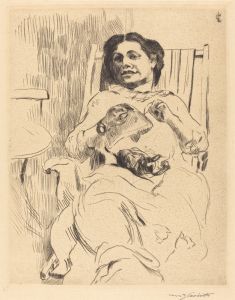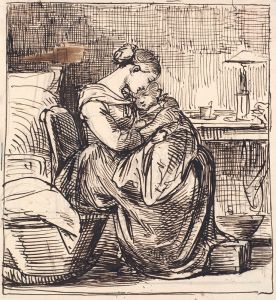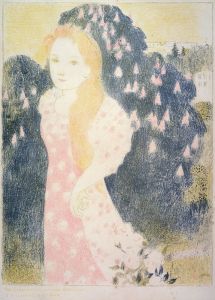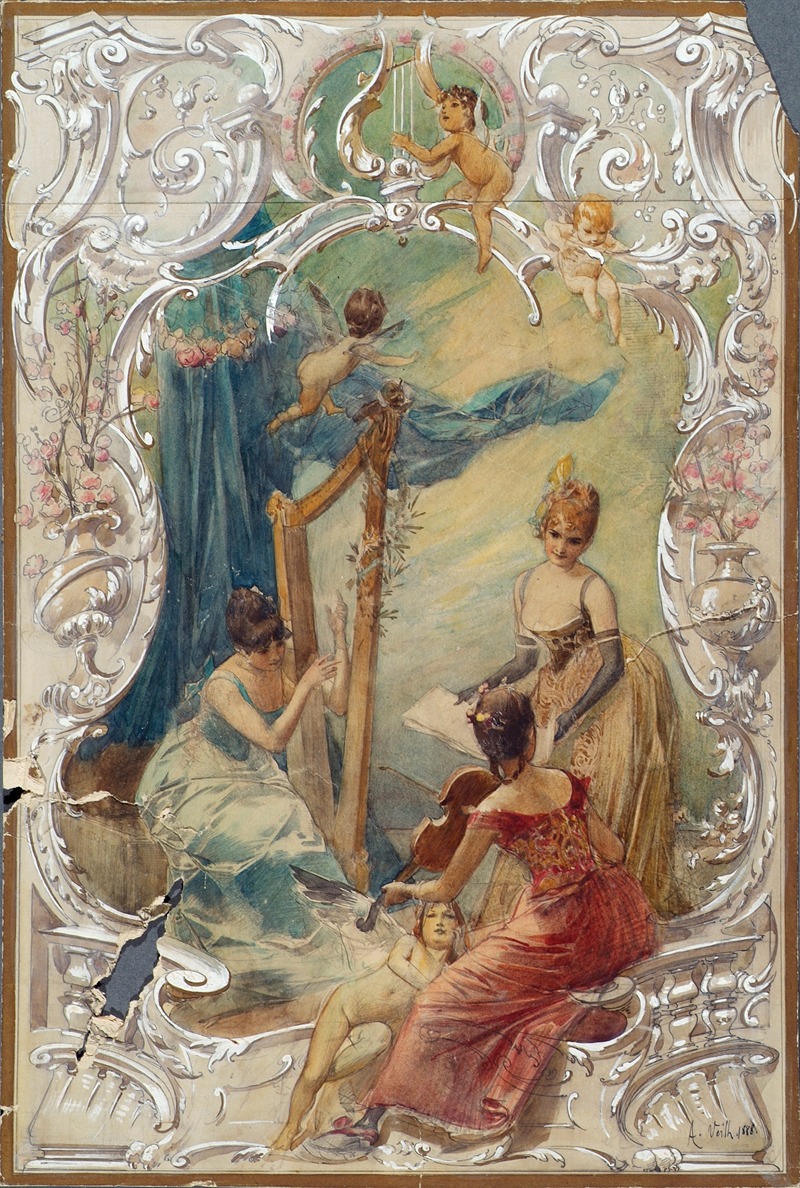
Gesang
A hand-painted replica of Eduard Veith’s masterpiece Gesang, meticulously crafted by professional artists to capture the true essence of the original. Each piece is created with museum-quality canvas and rare mineral pigments, carefully painted by experienced artists with delicate brushstrokes and rich, layered colors to perfectly recreate the texture of the original artwork. Unlike machine-printed reproductions, this hand-painted version brings the painting to life, infused with the artist’s emotions and skill in every stroke. Whether for personal collection or home decoration, it instantly elevates the artistic atmosphere of any space.
Eduard Veith was an Austrian painter known for his contributions to the art world during the late 19th and early 20th centuries. Born on March 30, 1858, in Neutitschein, Austrian Silesia (now Nový Jičín, Czech Republic), Veith became a prominent figure in the Viennese art scene. He was particularly recognized for his portraits, historical paintings, and allegorical works. Veith studied at the Academy of Fine Arts in Vienna, where he honed his skills and developed a style that combined elements of realism and symbolism.
One of Veith's notable works is "Gesang," a painting that exemplifies his artistic style and thematic interests. The title "Gesang" translates to "Song" in English, suggesting a connection to music or lyrical expression. While specific details about the painting "Gesang" are limited, it is consistent with Veith's broader body of work, which often explored themes of beauty, mythology, and the human experience.
Veith's paintings are characterized by their meticulous attention to detail and the use of vibrant colors. He had a talent for capturing the essence of his subjects, whether they were historical figures, mythological characters, or allegorical representations. His work often featured elegant compositions and a harmonious balance between form and color, reflecting the influence of both academic training and the artistic movements of his time.
Throughout his career, Veith received numerous commissions for public and private works. He was involved in decorating several significant buildings in Vienna, including theaters and public institutions. His ability to create large-scale murals and frescoes showcased his versatility as an artist and his capacity to work on a grand scale.
Veith's contributions to the art world were recognized during his lifetime, and he participated in various exhibitions, gaining acclaim for his skill and creativity. His works were part of the cultural fabric of Vienna, a city that was a hub for artistic innovation during the late 19th and early 20th centuries.
Despite the lack of extensive documentation on the specific painting "Gesang," Eduard Veith's legacy as an artist is well-established. His paintings continue to be appreciated for their aesthetic qualities and the insight they provide into the cultural and artistic milieu of his era. Veith passed away on March 18, 1925, in Vienna, leaving behind a body of work that remains a testament to his artistic vision and talent.
In summary, while detailed information about the painting "Gesang" by Eduard Veith is scarce, it is representative of his broader oeuvre, which is celebrated for its beauty, technical skill, and thematic depth. Veith's work remains an important part of the history of Austrian art, reflecting the rich cultural heritage of the period in which he lived and worked.





